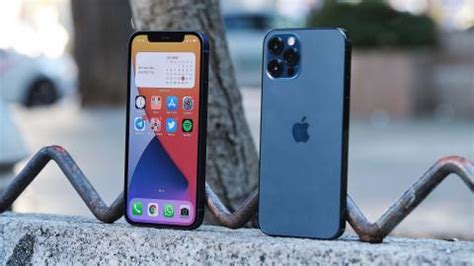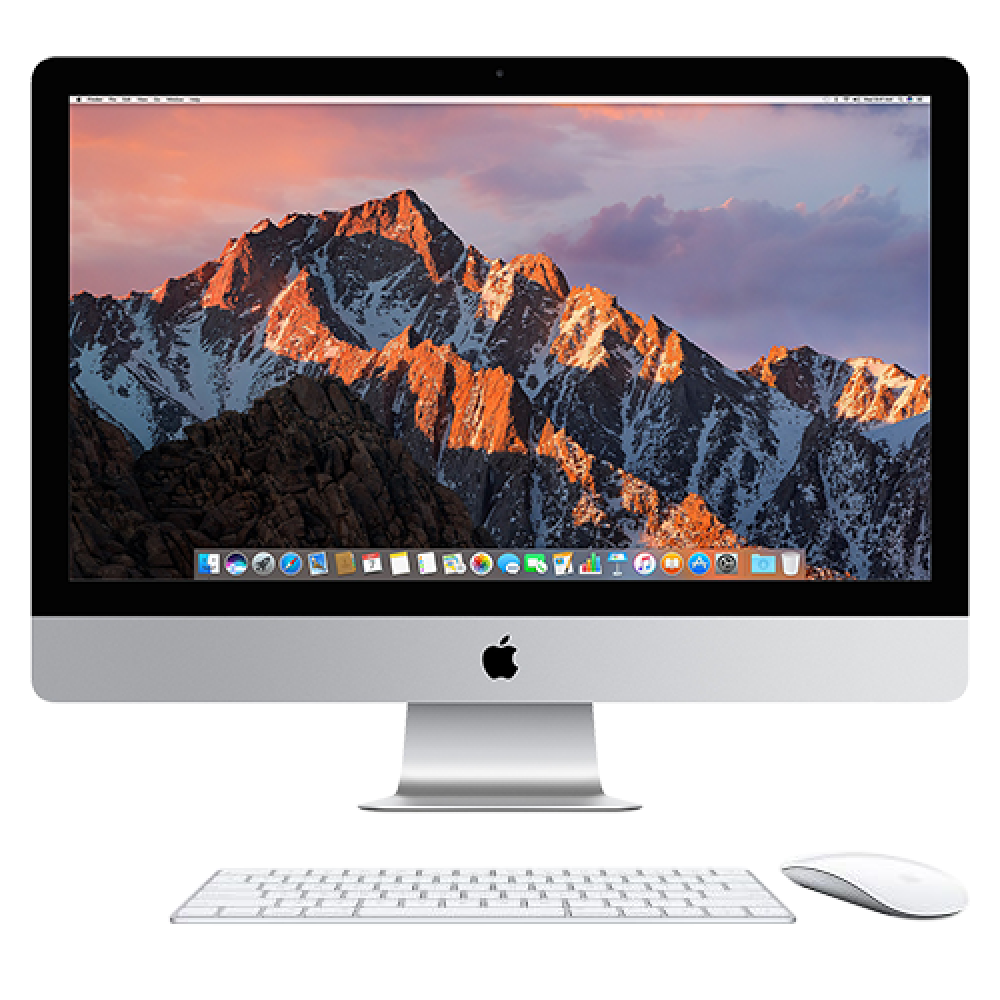
iPhone
iPhone is a family of smartphones produced by Apple. As of October 2021, the commercially available models from the manufacturer itself are iPhone 11, iPhone 12, iPhone 12 mini, iPhone 12 Pro, iPhone 13, iPhone 13 Pro, iPhone 13 Pro Max, iPhone 13 Mini, and second-generation iPhone SE. Notably, the iPhone falls into the high-end of the smartphone market and, like all advanced smartphones, offers multimedia features and high-end performance.
The first model, released in 2007, was a quad-band GSM EDGE, while later versions have adopted UMTS, HSDPA, 4G LTE and since iPhone 12 even 5G technology. The iPhone includes a digital camera and a frontal camera (the latter only from the fourth model, the iPhone 4), an Assisted GPS device and a multimedia player (UMTS and AGPS functions have been included since the 3G version). The devices, in addition to the normal telephony services such as calls, SMS and MMS, allow you to use services such as e-mail, web browsing, Visual Voicemail and can connect via Wi-Fi network.
All services are controllable by the user through a multi-touch screen, a virtual keyboard, a button to return to the main menu (called Home button), two small buttons to adjust the volume, one to switch from ringer status to vibrate status and one for stand-by or power off/on. User interaction is aided by a digital accelerometer and gyroscope, which function as motion sensors, a proximity sensor, and an ambient light sensor. Apple has filed more than 300 patents related to such devices.
The iPhone contains most of the hardware parts of a typical modern smartphone. Some hardware elements, such as 3D Touch and the Taptic Engine, are unique to the iPhone. The main hardware of the iPhone is the touchscreen, with current models offering screens of 4.7 inches and larger. A range of sensors are included on the device, such as a proximity sensor, ambient light sensor, accelerometer, gyroscopic sensor, magnetometer, facial recognition sensor, fingerprint sensor and barometer.
The interface is based around the home screen, a graphical list of available applications. iPhone applications normally run one at a time. Starting with the iPhone 4, a primitive version of multitasking came into play. Users could double click the home button to select recently opened applications. However, the apps never ran in the background. Starting with iOS 7, though, apps can truly multitask, and each open application runs in the background when not in use, although most functionality is still available when making a call or listening to music. The home screen can be accessed by a hardware button below the screen on the iPhone 8 and earlier. iPhone X and later models, with the exception of the second-generation iPhone SE, instead use touch-based gestures.
The original iPhone contained the following apps: Messages (SMS and MMS messaging), Calendar, Photos, Camera, YouTube, Stocks, Maps (Google Maps), Weather, Voice Memos, Notes, Clock, Calculator, Settings and iTunes (store). The App Store was introduced in iPhone OS 2 for the original iPhone and iPhone 3G. Compass was added in iPhone OS 3 for the iPhone 3GS. FaceTime and Game Center were added in iOS 4 and 4.1 respectively. In iOS 5, Reminders and Newsstand were added, and the iPod application was split into separate Music and Videos applications. iOS 6 added Passbook as well as a new version of Maps called Apple Maps that relies on data provided by TomTom as well as other sources, and YouTube no longer came as a pre-installed application starting from that version. iOS 7 introduced a modern flat design for the interface and added a motion-based parallax feature to give the device a quasi-3D effect. iOS 8 added Health app. iOS 9 replaced Newsstand and Passbook with News and Wallet. iOS 10 introduced Home and dedicated a page on the home screen for the widgets. iOS 11 added Files. iOS 12 introduced Measure, an app that uses AR technology to measure objects and things. It is available on devices with an A9 chip or newer.
Docked at the base of the screen, four icons for Phone, Mail, Safari (Internet), and Music delineate the iPhone's main purposes. On January 15, 2008, Apple released software update 1.1.3, allowing users to create "Web Clips", home screen icons that resemble apps that open a user-defined page in Safari. After the update, iPhone users can rearrange and place icons (by holding down on any icon and moving it to the desired location once they start shaking) on up to nine other adjacent home screens, accessed by a horizontal swipe.




